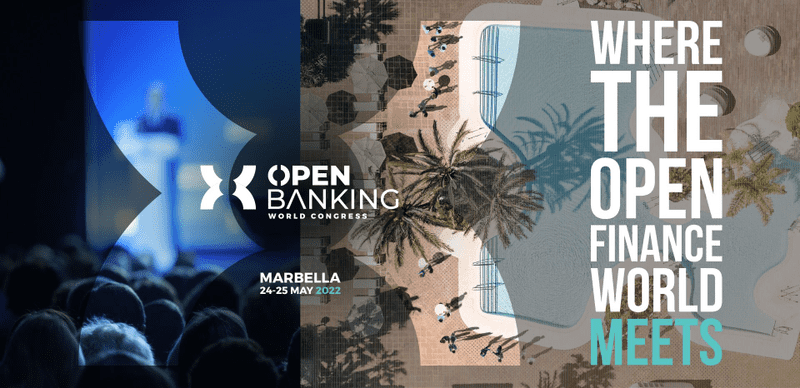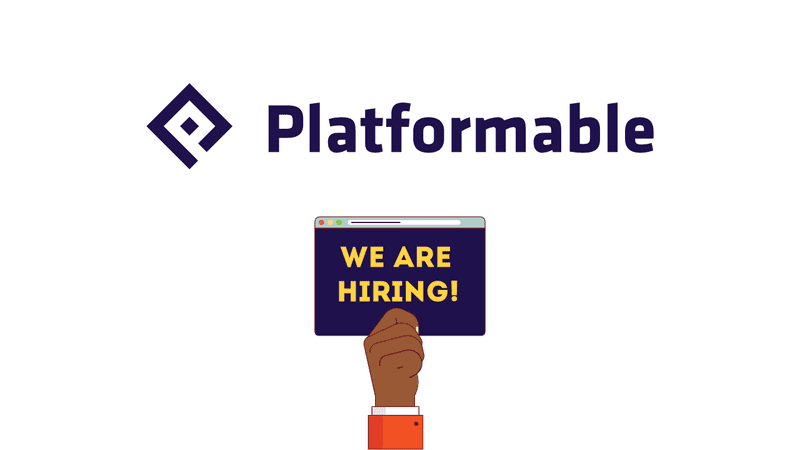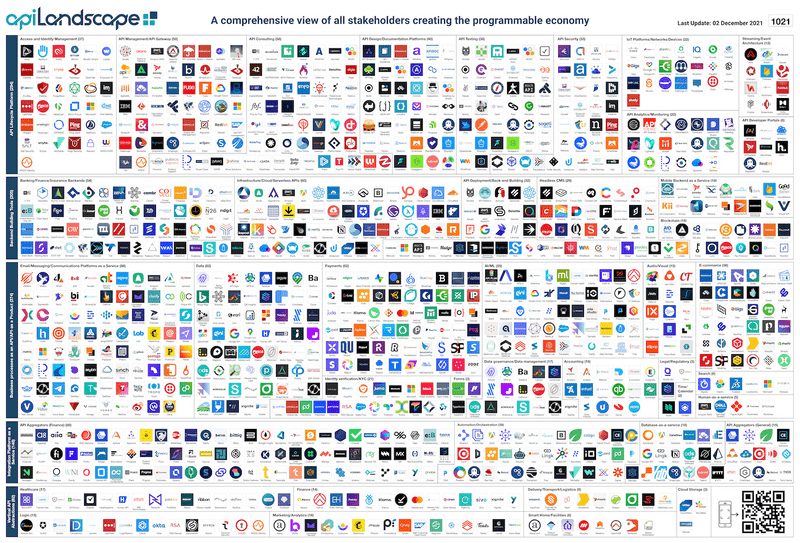Measuring the value of open ecosystems: 3. Relationships
6 min read
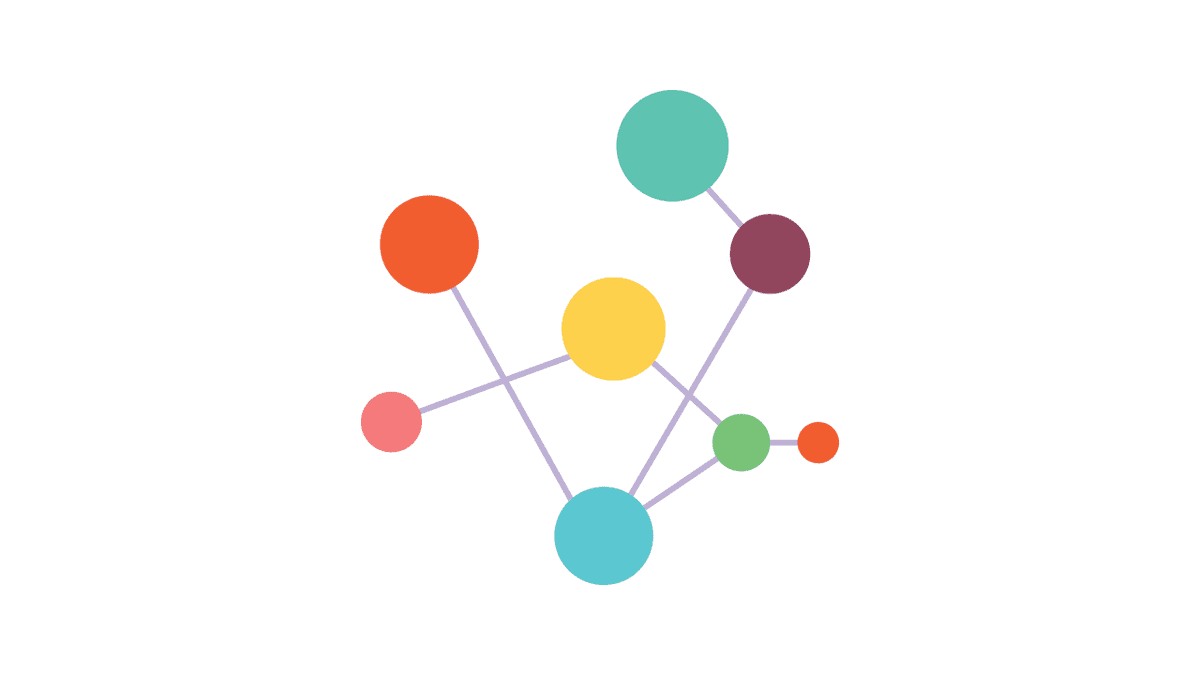
The story so far...
In our series on open ecosystems, so far we have defined what we mean by "open ecosystems". We have described how APIs are the central unit enabling open ecosystems to operate effectively and at scale. Now we are discussing the types of relationships that stakeholders can foster with others in an open ecosystem. In our final part, we will discuss why mapping ecosystems and measuring the value generated in open ecosystems is so important.
Relationship activity types
In open ecosystems, we also talk about five relationship activity types:
- Co-create
- Collaborate
- Complement
- Compete
- Coordinate.
Co-create
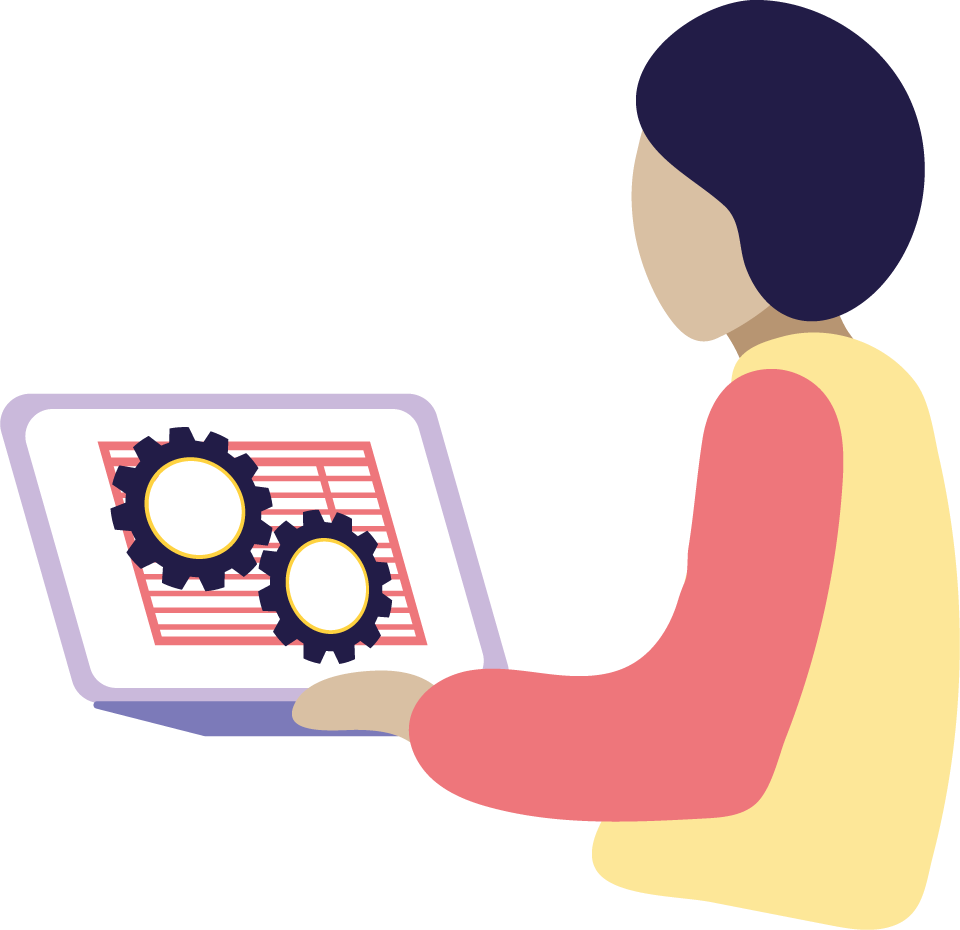
Definition: The use of data, open APIs, and other digital components that allow consumers to build their own value.
Examples:
- In open banking, large enterprises may use a bank’s APIs directly in their Enterprise Resource Planning (ERP) systems to automate foreign exchange rates in real-time.
- Any business can use Clearbit’s business APIs and integrate data directly into their spreadsheets.
Collaborate

Definition: When two or more entities identify a customer experience or product that they can deliver together, utilizing their respective core competencies. When this joint venture approach works most effectively, the value from the resulting solution is greater than the sum of its parts. The organizations involved form a symbiotic relationship: the offering creates a mutual dependency, but also offers mutual benefit.
Examples:
- Our look at how governments and industry can work together in complex areas like responding to COVID-19 highlights one collaboration project where health insurance providers, healthcare, alternative healthcare, rideshare services, data analytics companies, and social services could work together to build a COVID rapid response solution,
Complement

Definition: When APIs are used to create additional value to a customer or user base.
Examples:
- CRM software Salesflare uses an integration marketplace to make APIs available from other Software-as-a-service (SaaS) providers directly to their product. This lets end users link their software and data flows together to increase the value their get from their SaaS tools.
Compete

Definition: When stakeholders directly compete with each other, for example, by offering APIs with the same functionalities to API consumers, or when two or more API consumers build products with similar value propositions for use by end customers.
Examples:
- In open finance, there are a range of payment APIs that can be used to integrate payments functionalities into websites and apps. Payments APIs compete against each other to be the one provider to digital businesses.
Coordinate
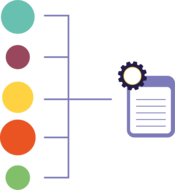
Definition: Some ecosystem stakeholders may participate in an open ecosystem from a regulatory, standards or data intermediary perspective. These stakeholders may ensure stakeholders are participating to agreed legislative and regulatory constraints, may participate in order to assist with setting common standards and data models, or may manage ‘sandboxes’ and other test environments that allow other stakeholders to share data or services within a constrained setting in order to test proof of concepts.
Examples:
- The Central Bank of Brazil has established regulatory sandboxes to allow fintech to begin experimenting with open banking APIs in a secure environment. Fintech can test their product use case ideas and demonstrate that they can manage customer information securely and safely under the eyes of the regulator before releasing their commercial products.
- Standards bodies like HL7 for healthcare APIs, and OpenAPI Initiative for the OpenAPI Specification, facilitate industry-wide agreements on new features and approaches to common standards so that open ecosystems can grow effectively.
- The Internet of Things standardised APIs and network, FIWARE, helps promote products and services built with their technologies, facilitates sectoral networking (for example, in agriculture or smart cities), and promotes products through their marketplace.
Why not co-opetition?
We haven’t used the term "co-opetition" as one of our five relationship activity types, as it is a way to describe the multiple relationships that may occur between stakeholders. Co-opetition occurs when open ecosystem stakeholders work together on some goals, and directly compete at other times. Our approach tries to break down those relationships so that we define which relationship is occurring at which time.
For example, many healthcare providers and pharmaceutical companies may work collaboratively at times to agree on standards and data schemas for health APIs and then compete at other times when using APIs (built on those standards) to build relationships with third parties and create their platforms.
We recently spoke with Financial Data Exchange, an industry-led standards body in the US & Canada that build open API standards for banking. They discussed how members may work collaboratively to agree on standards, and then how those members use those standards in their products to compete against each other directly.
The OpenAPI Initiative invites participation from API tool makers who collaborate on the API specification standard roadmap. Some toolmakers focus on different parts of the API development lifecycle, so their products also complement each other and are intended to be used together. Other participants offer directly competing products that are built off the OAS standard that both stakeholders have been involved in defining.
So depending on which point in the value flow we are discussing, we would describe the relationship as collaborative or competitive. Overall, we would say that the open ecosystem enables "co-opetition".
Drawing on the evidence base
The following articles and research papers were instrumental in creating this taxonomy of relationship activity types:
- Matt McLarty’s classification of co-creation value patterns was especially useful
- In their paper on the ecosystem blueprint, while the terms suggested above are not used, Lingens, Miehé and Gassmann discuss the need for "multilateral" relationships in an ecosystem, and they describe the orchestration role (which we have called coordination here, to stick with our alliteration)
- Ojala, Helander and Tyrväinen discuss power asymmetries in digital ecosystems (Chapter 6 in the open science copy of Measuring the Business Value of Cloud Computing). Their work - especially on the source of power in each focal relationship in a digital ecosystem - helped us organise the different categories of what we call 'relationship activity types'
- Anik Shekhar Bal's work on understanding value co-creation was fundamental to our design. The researcher identifies 7 "modes of collaboration within the value co-creation process". These helped form the basis of our model, although our viewpoints are somewhat different. Anik Shekhar Bal's work combines theoretical models focused on creating products and services as well as communication approaches. We wanted to focus more on the relationship of existing businesses and how they use APIs to enhance the co-creation process. We also wanted to use an alliteration technique to describe the relationship types, as we will be referring to them repeatedly in our open ecosystem work, so it is easier for us to share stories and keep reflecting on the different approaches. While not an exact fit, 'Co-developing' aligns with collaborate, 'Co-designing' aligns with co-create, 'Co-ordination' aligns with complement, 'Compromise' aligns with compete, and 'Consultation', 'Negotiation' and 'Feedback' align with co-ordination, although these are also expected communication roles between ecosystem actors at any time as well.
In summary
This is the third post in our series explaining how we view open ecosystems and why our mission to map and measure the value they generate is so important. Posts in this series so far have covered:
- Our definition of open ecosystems and how they differ from platforms and closed ecosystems
- Why APIs are the central unit in open ecosystems
- The types of relationships that can occur between stakeholders (this post).
In the final part in this series, we will discuss why it is important to measure the value that open ecosystems generate.
Following that, in our next series on open ecosystems, we will start sharing the data models and value flows we monitor in specific domain areas, including open banking/open finance, digital government, public health, and the circular economy.
We'd love to hear your thoughts and feedback. Please feel free to book a time with our team via our Calendly:


